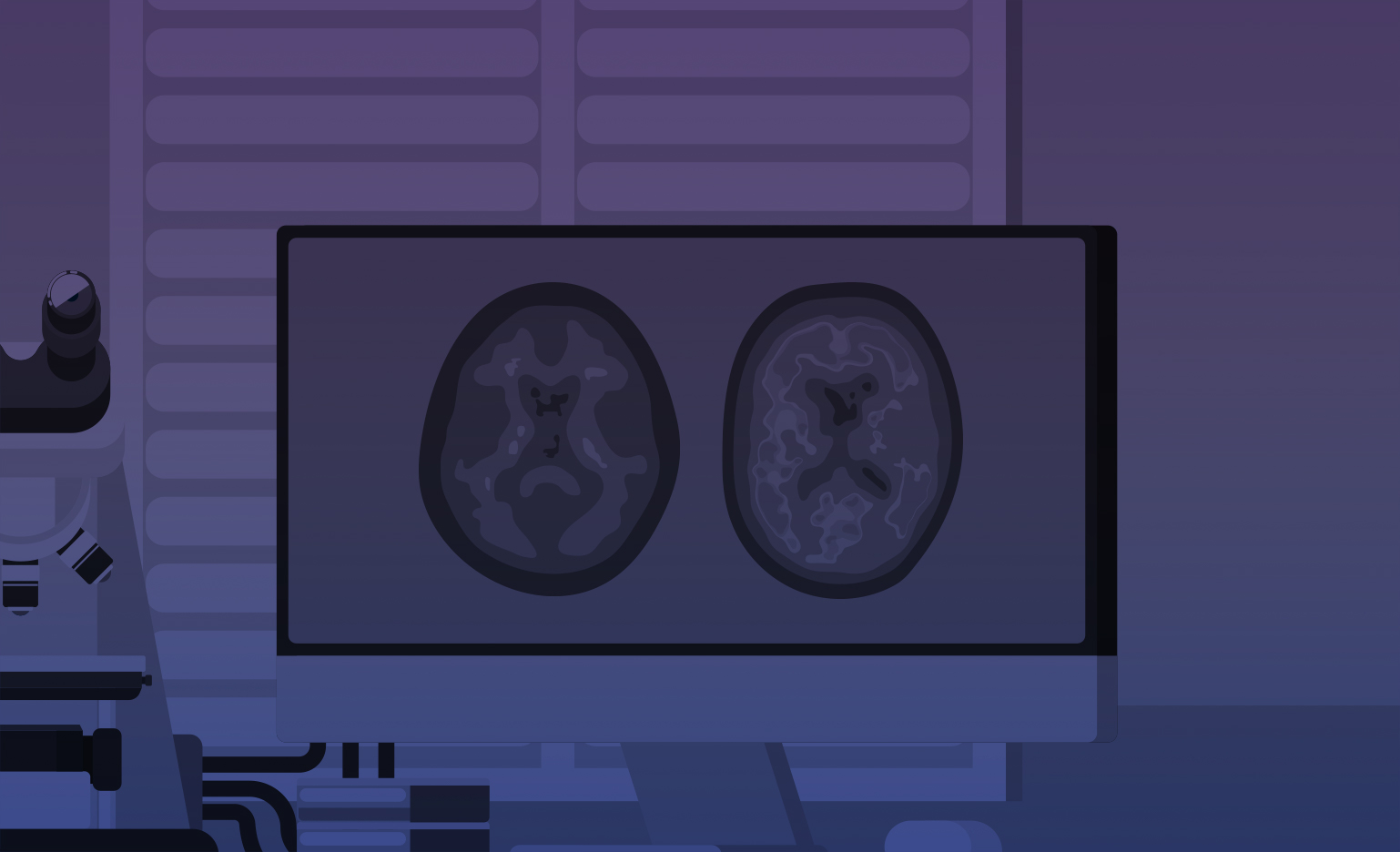MD Anderson Cancer Center
MD Anderson Cancer Center
Therapeutic Potential of Dual Leucine Zipper Kinase Inhibitors in Alzheimer's Disease
When the nervous system is injured, damaged neurons are eliminated intentionally. This process must be tightly regulated so that dysfunctional neurons are removed but healthy ones never are. The key regulator of this process is a gene called DLK, which decides the fate of injured neurons in worms, flies, and mice. We hypothesized that DLK might be pathologically activated in AD, causing neurons to succumb to the plaques and tangles. We found that in 4 different AD mouse models, DLK congregates at sites of neuronal damage early in the disease process. The genes that DLK activates to trigger neuronal death gather around DLK, suggesting that DLK is in fact turning on the cell death program in the AD brain. Importantly, DLK is an attractive drug target. DLK is only expressed in neurons and not in other cells. In adults DLK is thought to be inactive until injury occurs, meaning that a drug blocking DLK should have no effect on healthy tissue. It can be inhibited by molecules with the properties of CNS drugs.The Neurodegeneration Consortium is a non-profit, academically-based biotech striving to stop AD. We synthesized a collection of DLK inhibitors from the literature and found one that has the right properties to test the DLK hypothesis in mice. This drug potently blocks DLK without disturbing other related genes. It is orally absorbed and crosses the blood brain barrier, where it blocks the activation of DLK. We will use this drug-like molecule to prove that DLK is driving neuronal loss in AD mouse models. At the same time our chemists will develop 2 new types of chemical inhibitors of DLK and position them for drug development. If both are successful, DLK inhibitors could be ready for lead optimization, the key final step in drug discovery, in 1 year

